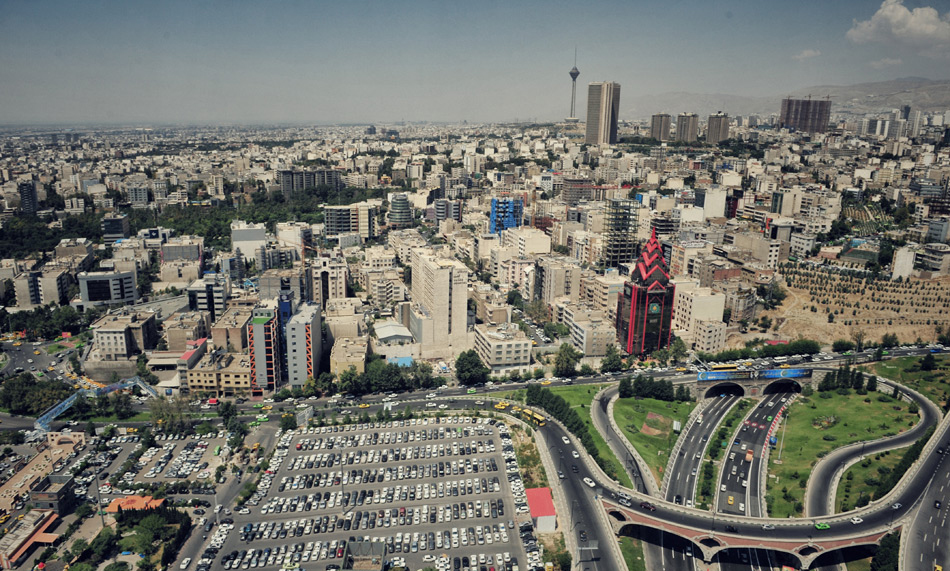The fact that almost 73 percent of population in Iran lives in urban areas, compared to the average global urbanization rate of 60 percent, is incompatible with sustainable development, the chairman of Tehran City Council says.
Mehdi Chamran expressed concern that when "urbanization gathers speed, the focus apparently shifts towards development and growth of cities and utilities therein, while human needs are pushed to the periphery." Despite this trend "the sewage treatment system in Tehran still remains incomplete while fast and cheap public transport is in short supply."
Complaining that the unprecedented pace of urbanization has indeed "robbed our cities of their true identity," he pointed to many government buildings, namely the ministry of energy and the Central Bank of Iran, that do not draw on "our rich Iranian and Islamic architecture and are instead "a blend of other countries' architecture that fails to relate to our urban and physical identity." Emphasizing the role of urban environment on people's mental wellbeing he cited "the weather, green spaces, safety and security, waste management, environment and urban identity" as important factors for healthy cities.
Over the past four decades Tehran and other big cities across the country have expanded in leaps and bounds creating in their wake a variety of problems, including air and noise pollution, water shortages, proper schooling, prohibitive housing costs, overcrowded roads, snarling traffic…
Present and past governments have appealed to the Tehran urbanites to move to the provinces and also offered some incentives. But none of that seemed to produce the desired results to the extent that the previous government wanted to shift the capital away from Tehran.
Some insiders believe that project is still in the cards as the going gets tough for the growing metropolis. According to the latest figures 12.5 million people live in Tehran Province and there is no reason to believe the number will shrink anytime soon.
According to the councilor sustainable development cannot and will not be achieved only by expanding and enlarging the already huge megacities, whose demands and needs never seem to end, and not paying attention to the much-needed growth and progress of the villages and small towns.
"Urban development and rural development are intertwined. We must strive to reduce and bridge the gap between the two and create better conditions for sustainable development," he said.


